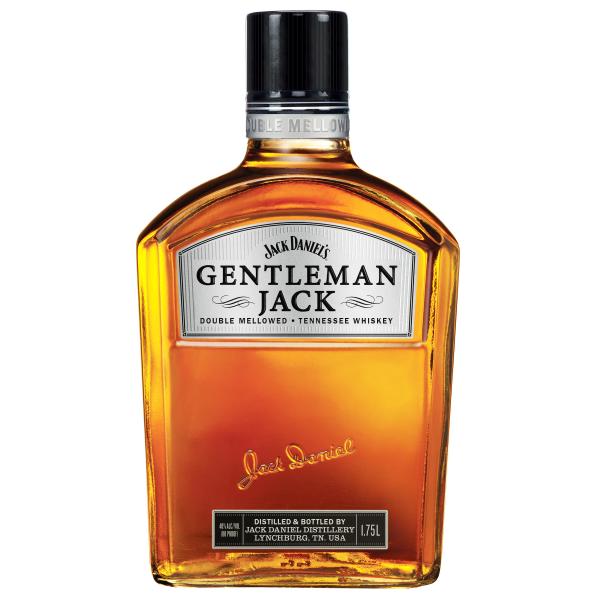Discover the Art of Distillation: Discovering the Globe of Alcohol and Whiskey
The elaborate procedure of distillation has actually shaped the globe of liquor and bourbon into a world of unequaled craftsmanship and diverse flavors. From the ancient beginnings of distillation to the modern-day advancements in techniques and tools, the trip of how spirits are crafted is a remarkable one. As we check out the huge range of spirits created globally, each with its unique characteristics and social significance, we start to understand the abundant tapestry of tastes waiting to be uncovered. Join us as we explore the world of liquor and scotch, where practice fulfills development to produce a symphony for the senses.
The Beginnings of Distillation
How did the old worlds first find the art of distillation that would later reinvent the production of spirits and bourbon? The origins of purification can be traced back to ancient Mesopotamia and Egypt, where early experiments were carried out to separate alcohol from fermented beverages (Buy Jack Daniel's Tennessee Whiskey Online). The process of purification includes heating up a liquid to create vapor and then cooling it to condense the vapor back right into a fluid kind, enabling the extraction of purer alcohol
The old Greeks better developed these methods, with noteworthy figures like Aristotle discovering the principles of distillation. However, it was the Arab alchemists throughout the Islamic Golden Age who made substantial improvements in distillation modern technology, laying the foundation for contemporary purification practices.
Purification Methods and Equipment
Purification techniques and devices play an important role in the production of spirits and bourbon, making sure the extraction of pure alcohol from fermented liquids. The procedure includes heating the liquid to develop vapor and after that cooling it to condense the vapor back right into a fluid kind, separating the alcohol from other parts. There are various purification techniques used in the sector, including pot still purification, column purification, and continuous purification.
Pot still distillation, the oldest technique, includes an easy set procedure where the fluid is warmed in a pot still, and the alcohol vapors are accumulated and condensed. Column distillation, on the various other hand, utilizes a column with multiple plates or trays to accomplish a more continuous and effective distillation procedure. Continuous purification systems, like the Coffey still, allow for a consistent flow of fluid via the system, causing high-proof alcohol production.
Distillation tools varies from standard copper pot stills to contemporary stainless-steel columns, each offering distinct advantages in regards to flavor accounts and effectiveness. The option of tools and strategy considerably influences the end product's high quality and characteristics.
Diverse Ranges of Liquor Worldwide

Scotch whisky, made in Scotland, is recognized for its intricate and see this page peaty tastes originated from the country's malted barley and standard aging process in oak casks. In comparison, the sweet and robust bourbon scotch hails from the United States, especially Kentucky, where it is crafted primarily from corn.
Transferring To the Caribbean, rum takes the limelight with its sugarcane beginnings and varied profiles varying from light and crisp to rich and dark. Tequila, Mexico's famed spirit, is made from the blue agave plant and boasts a vast array of designs, from natural blanco to aged añejo ranges.

Whiskey Styles Across Various Regions
Exploring the globe of scotch reveals a varied range of styles originating from various regions, each providing a distinct taste and personality formed by regional components and distillation approaches. Tennessee scotch, very closely associated to bourbon however with an additional click here for info charcoal filtering procedure known as the Lincoln County Refine, boasts an unique mellow flavor.
Japanese whisky, motivated by Scotch customs, has acquired worldwide recognition for its thorough craftsmanship and balanced tastes. Canadian whisky, typically made from a blend of grains, is known for its smooth and light attributes. Each region's whiskey style mirrors its distinct heritage, environment, and production strategies, providing enthusiasts a rich tapestry of flavors to explore.
The Future of Distilled Moods
With an ever-evolving international taste buds and an increasing need for advancement in the spirits sector, the future of distilled spirits presents a landscape ripe for expedition and imagination. As consumer choices continue to shift towards artisanal and special products, distillers are urged to press the borders of typical distillation methods. This change has led to a rise in experimental distilling methods, such as barrel aging in non-traditional timbers, blending spirits from different regions, and utilizing different grains for distillation.
Furthermore, sustainability and environmental consciousness have actually become vital aspects forming the future of distilled spirits. Distilleries are significantly concentrating on reducing their carbon footprint, carrying out green practices, and sourcing regional active ingredients to develop an extra sustainable product. This fad is not only driven by consumer need for fairly generated spirits but likewise by a real commitment within the industry to reduce ecological influence.
In the coming years, we can anticipate to see an ongoing focus on innovation, sustainability, and variety worldwide of distilled spirits, as distillers aim to satisfy the developing preferences and worths of the contemporary consumer.
Final Thought
Finally, the art of distillation has a rich background and diverse strategies that have been refined over centuries. From the beginnings of distillation to the wide array of liquors offered worldwide, this ancient method proceeds to innovate and evolve. Scotch, particularly, showcases the distinct designs and flavors that various site link regions give the table. As modern technology advancements, the future of distilled spirits looks appealing, with new possibilities on the horizon.
The detailed process of distillation has formed the globe of liquor and whiskey into a realm of unequaled workmanship and varied flavors.Just how did the ancient human beings first discover the art of distillation that would later on transform the production of spirits and bourbon?Distillation techniques and devices play an important role in the production of spirits and scotch, guaranteeing the removal of pure alcohol from fermented fluids. There are numerous purification methods utilized in the sector, including pot still purification, column purification, and continuous distillation.
Column purification, on the other hand, uses a column with multiple plates or trays to attain a much more effective and continual distillation process. Buy Jack Daniel's Tennessee Whiskey Online.